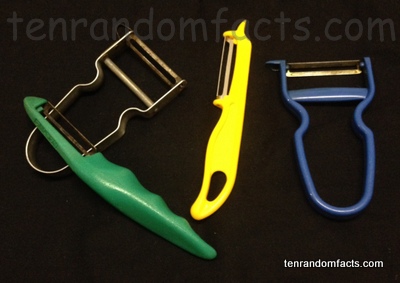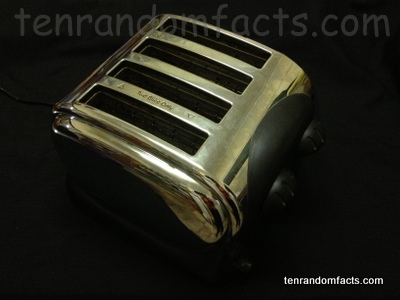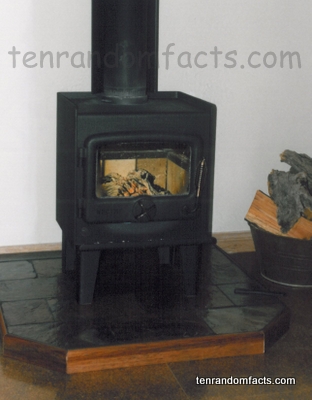Your cookies will not stick with silicone bakeware!
- Silicone bakeware is primarily made of silicone rubber, a synthetic compound, and used for baking or cooking purposes.
- Silicone bakeware is often used as the cooking container or mould for flour-based products, such as cake, but also chocolate, ice or the like, and it is popular for its non-stick and long life properties.
- Silicone bakeware is used as a replacement for metal bakeware, baking paper, and non-stick Teflon, the last of which can be a health hazard when used at considerably high temperatures.
- Silicone bakeware can be treated to temperatures from -50°C to 260°C (-58°F to 500°F), which makes it suitable for refrigerator, freezer and oven use.
- Silicone bakeware has been moulded into numerous shapes, and can be purchased in similar forms to typical bakeware, like flat sheets, round, square, or muffin tins, but also festive and other more intricately shaped moulds.
- Silicone bakeware comes in a very broad range of sizes and colourful colours.
- Some manufacturers of silicone bakeware include impurities in their silicone products, which has negative effects, such as wear and bad odour, which can be detected as a white colour in the product when it is twisted or stretched.
- Silicone bakeware has a flexible property that can make it easier to store, but this property can cause spillage or uneven baking, so it is recommended that the bakeware sit on a rigid tray when in use.
- The Frenchman, Guy Demarle, a chemist, created non-stick silicone bakeware, when he coated baking sheets with silicone in the 1960s, and founded a cookware company named ‘Sasa Demarle Inc’.
- Silicone bakeware became available for purchase in the 1980s in Europe, and its use spread to other countries by the 1990s.













